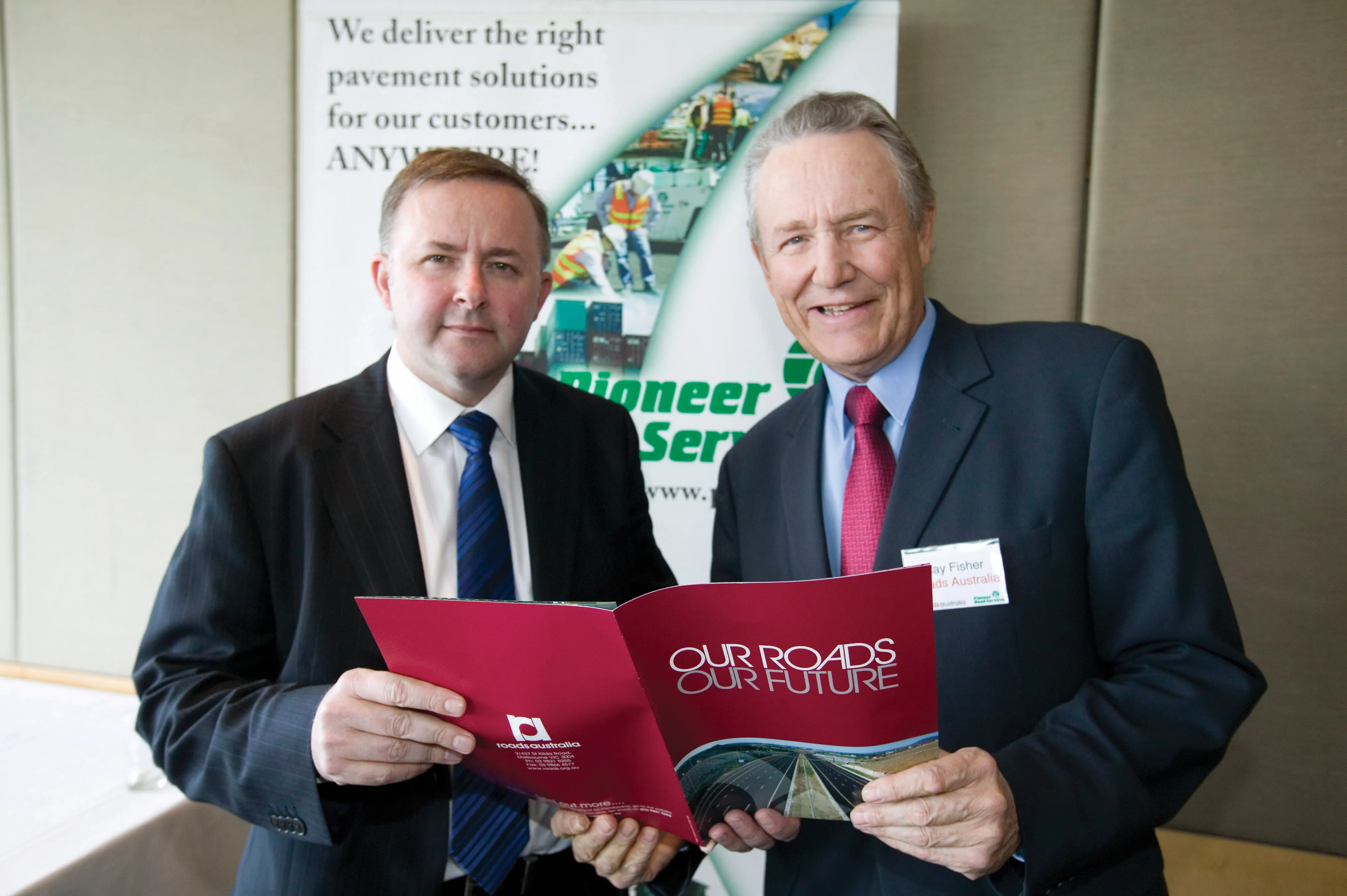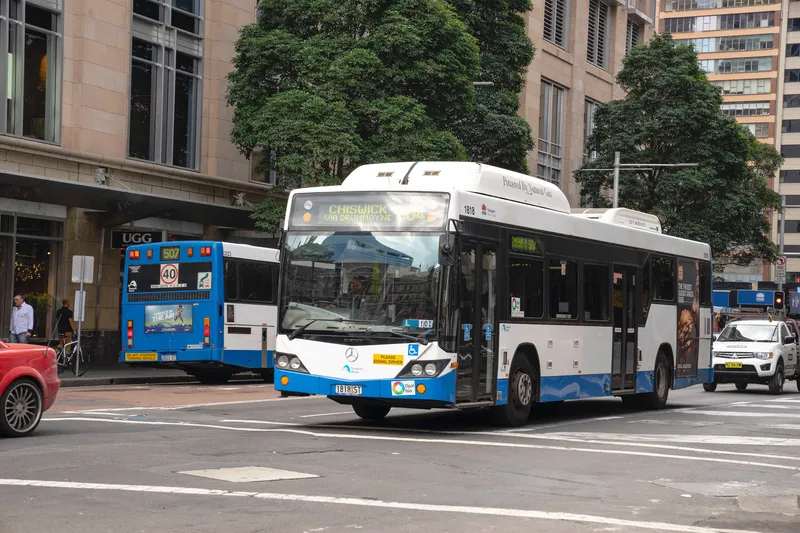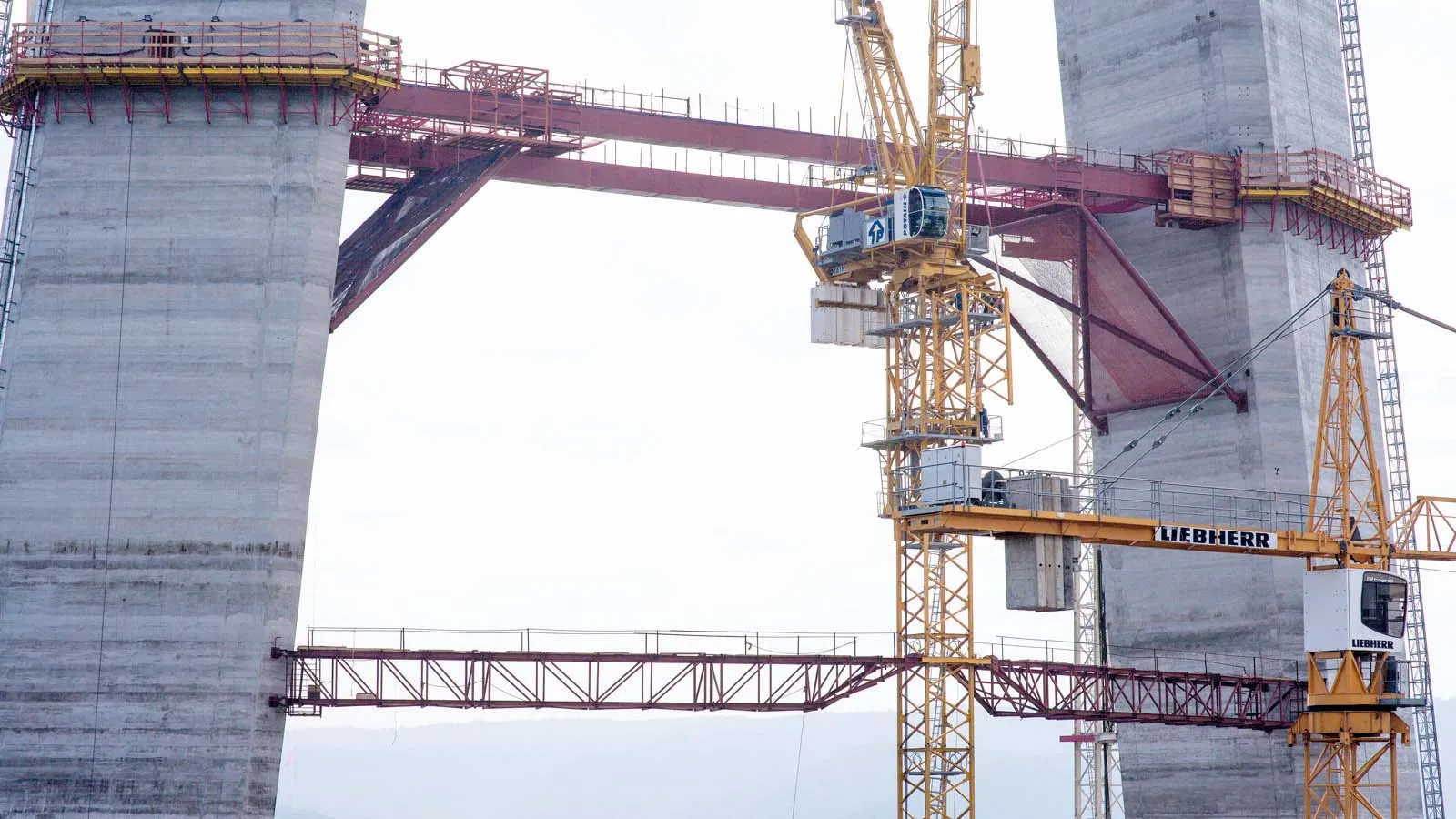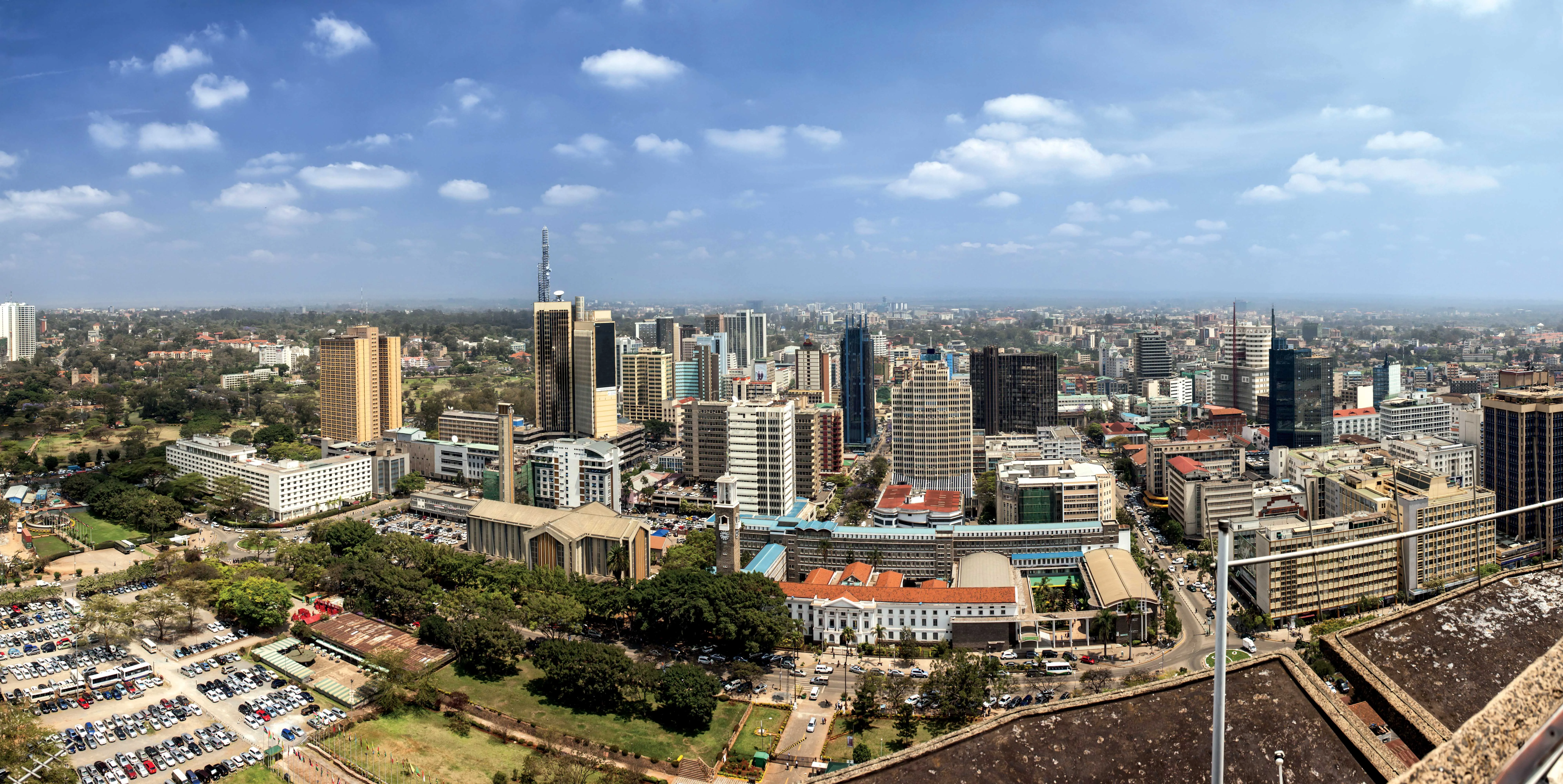
Australia's GDP could see a major increase if traffic bottlenecks in big cities were to be removed, and the government is addressing this as a matter of urgency
A modern road system is a must in Australia where it is estimated that the removal of traffic bottlenecks could potentially raise the country's GDP by 0.8%.According to the Committee for Economic Development of Australia (CEDA), which made the prediction, infrastructure bottlenecks (particularly in cities, which account for over 70% of the country's total economic activity) are estimated to cost approximately A$25 billion.
At the Official launch of
It is estimated that at least one in ten working parents spend longer in their cars commuting to and from work, than at home with their children.
For Australia to realise its economic potential, and to enable commuters to spend less time behind the wheel in peak hour, a well planned and properly financed road infrastructure is needed, says the Minister.
To address between 2009/10 to 2013/14 over A$22 billion will be invested in road and rail infrastructure, bearing in mind that predictions are that the freight task is expected to double over the 20-year period to 2020.
He also outlined current plans to assist infrastructure needs, particularly as Australia's relatively small and disparate population, and farms and mines are located hundreds, if not thousands of kilometres, from markets and ports, and roads must be safe, efficient and integrated with the broader transport network.
Indeed, a number of projects relating to the Bruce Highway (the major coastal highway from the Queensland state capital Brisbane to Cairns) have been unveiled, including improving road access to the growing city of Cairns. Some $2.2 billion has been committed to the highway to build more lanes, improve safety and minimise the effects of flooding.
In the current financial year, $3.2 billion is being invested in nation-building road and rail projects including over $500 million to make an early start on 45 election commitment projects. Some $2.45 billion is being spent upgrading the Pacific Highway [1,025km long, linking Sydney and Brisbane]. More than 90km of the highway is under construction: more than 260km have been upgraded to a double-lane divided road.
A $1.8 billion commitment to convert the remaining two-lane sections of the Hume Highway in southern New South Wales to four lanes by the end of 2012 is making good progress..
Minister Albanese says that in addition to improving roads, it is also critical to improve the efficiency with which they are used: for example improving the productivity of freight movement through enhanced use of the newer, larger, safer and more productive vehicles.
In a bid to tackle urban congestion in major cities, where trucks can spend hours getting from the outskirts to its port, the government announced $75 million for a series of studies, with Australian states contributing almost $60 million towards the work. In Sydney $25 million is being invested in two studies: the proposed western metro between Parramatta and the Central Business District,
and potential improvements to the M5 East around Port Botany and Sydney airport.
Minister launches Roads Australia
Federal Infrastructure and Transport Minister, Anthony Albanese, welcomed Roads Australia as a new kind of stakeholder body for Australia's roads.
Formerly known as the Australian Road Forum, Roads Australia (RA) was launched by the Minister in Sydney at a lunch attended by over 200 road industry leaders.
"Clearly you have a key voice for the road sector in Australia. Roads Australia's greatest attribute is that it is representative of a wide range of stakeholders. Your strength is in your numbers and the calibre of organisations, all focussed on the same goal: better outcomes for the road sector," Mr Albanese told guests.
He said Roads Australia reflected the agenda of Infrastructure Australia in adopting a national approach, and committed his government to working with Roads Australia in the future.
"It's far easier if organisations can come forward with one voice and that's what Roads Australia will be able to achieve." Roads Australia's 58 members include representatives of the road construction and engineering sectors, as well as state road authorities, toll road operators, the freight industry, the union movement, industry associations, construction material and equipment suppliers, and road users.
The new name reflects not only its broad national membership base but its renewed focus on providing opportunities for policy consultation and discussion for all industry players.
"Roads Australia is seeking to encourage an open partnership between government and industry in policy development: in effect, industry and government working together as never before," says Roads Australia President, Ray Fisher.
"The key players in Australia's roads are all equal members of Roads Australia: government agencies, the private sector and major industry associations. This creates a unique partnership between decision-makers and stakeholders." Roads Australia has recently formed policy chapters focused on some of Australia's most pressing road transport problems, namely congestion, resource levelling/skills, and sustainability/climate change.
"Each chapter is made up of representatives of a diverse and experienced range of stakeholders, and as such provides an ideal vehicle for government-industry engagement on these critical issues," Mr Fisher says.








